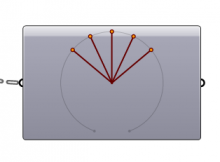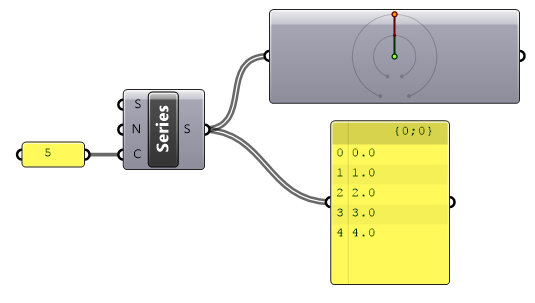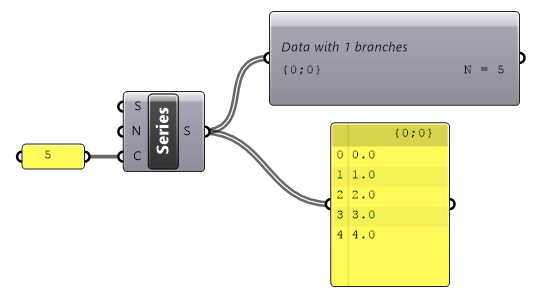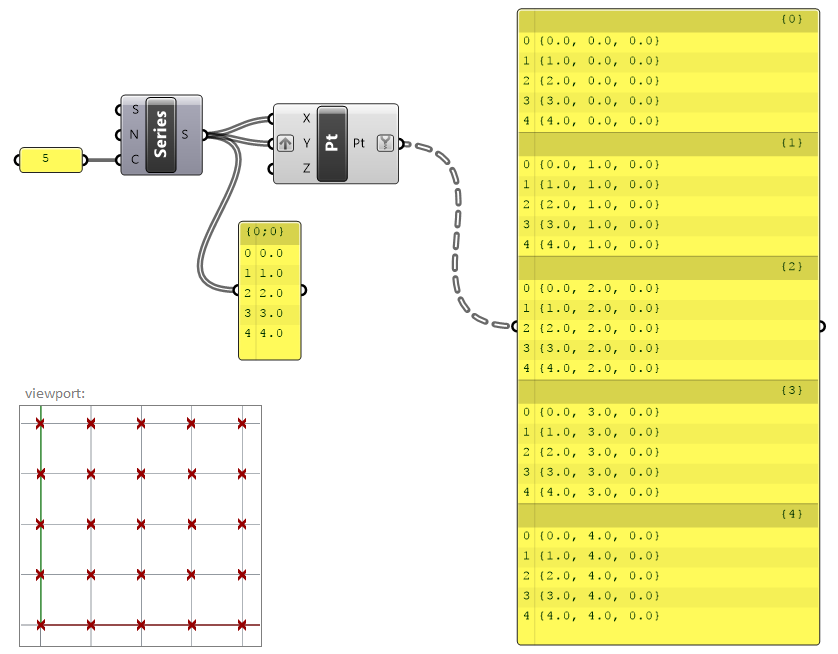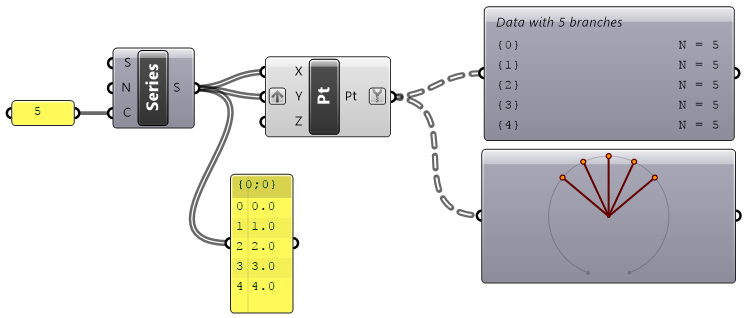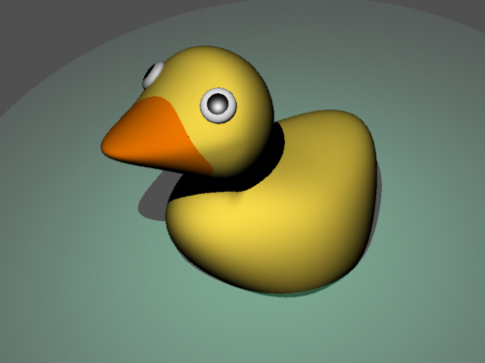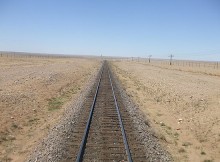This is a throwback to my travels in 2010 when I spent 4 months travelling around Europe and Asia. This is taken word-for-word from my TravelPod blog that I kept at the time, and have just re-discovered.
This post starts as I boarded the Trans-Siberian train for the week-long journey to Beijing.
This slideshow requires JavaScript.
Boarding the Trans-Siberian
Found the train in the station without a problem. Took cheesy photos of ourselves outside the train (catching unsuspecting passengers within the train in the photos). Was a very long train – maybe 15 passenger carriages. Two carriages first class, remainder second. Every one was a sleeper carriage – second was 4 beds to a room, first was 2 beds and a tiny en suite.
Milan and Christine were indeed in the next carriage. They were sharing with Coreen, a very Scottish 27 year old travelling to Mongolia assisting with research for three months. Made for a very entertaining compartment – Milan and Christine have the most amazing love-hate relationship – it’s quite amusing to see them bicker, fall out, make up, and fall out again in the space of half a minute. It’s all in good humour – I don’t think they could ever actually fall out. But I must say nice things – I did give them the address of this blog 🙂
In my compartment was Rita, an extremely friendly lady who, according to Milan, had designated me her adoptive grandson for the length of the journey. She was quite undoubtedly the most sociable person on the train – within a day it seems she had met every person on their train, learnt their names and their story. She is a very talented linguist with knowledge in English, Finnish, Russian, Mandarin and probably more that I can’t remember right now. She had many stories to tell – many of them revolved around her ex-husband – he would only travel 5-star, and she was taking this opportunity to do what she had always wanted to do and rebel – stay in youth hostels, travel the world by train, and meet lots of people – none of which he seemed to want to do. She took a great interest in my plans – she insisted that she takes a copy of my itinerary.
Also in our compartment was an Australian couple who were concluding their tour of Europe, a Polish (I think) couple who were taking the Trans Siberian to Beijing basically for the journey – they only had 2 days in Beijing (Adam doesn’t have much interest in the city) before returning home. There was a group of 4 to the other end of the carriage, 3 guys and a girl. The guys were cycling across Mongolia – not sure exactly what she was doing. There was a Mongolian woman who Rita was very friendly with – her Russian visa had expired by 18 months (she had a Russian husband), but she was trying to return to Mongolia to pick up her papers. Or something like that. Finally (as far as I remember) there were three Swedish girls who had taken three weeks off work so they could take this train, spend a little time in Asia and then return home. They couldn’t quite explain why they wanted to do it though… but then nobody on the train (including myself) could give a definite and concise answer. It’s probably clear that a bit of a community spirit develops when a group of people are held together for such an amount of time! But then, when we had a look at other carriages, none of the others seemed quite as sociable – most of the doors were shut and the passengers kept themselves to themselves. Carriage 6 was the place to be 😀
The carriage itself was comfy enough. The beds were very hard but long enough. The outside temperature was hot from Moscow, got very cold in Siberia, before getting hot towards Beijing. Shame the heating didn’t follow that pattern in the slightest. The Chinese conductors were friendly, though they spoke little English. The lack of a shower or even a good sized basin was a problem – but when everyone on the train is not showering at the same time, nobody minds 🙂 The toilet was the crude dumping-on-tracks job – the ‘flush’ was simply the hole in the bottom of the toilet opening up, revealing the track below. I was thinking of marking on the map each point when I’d gone to the toilet… or not 🙂 So yea… basically no hygiene facilities.
No food was provided, although we could help ourselves to hot water. We’d all brought a stash of noodles and biscuits. Thankfully, the train stopped for 20 minutes at a station every 4 hours or so, and if it was working hours the platform would be buzzing with hawkers selling all sorts of food, drink and other bits and pieces. The food often seemed to be home cooked Russian food and was fairly priced. At various points, I bought a chicken and potato ready meal thing (delicious and no food poisoning :D), crispy toffee tube things, and a litre can of beer!
Russia
For the first few days, the scenery was relatively uninteresting. Trees, grass, few hills but largely flat, Russian shack villages, the odd chimney stack, piles of logs. Passed through many of the Russian cities along the way – lots of concrete socialist style tower blocks (even if the area was sparsely populated, tower blocks seemed the favoured way of housing people). Weather was good the first day, but by the second night it had turned cold (they forgot the heating and the blankets were hardly warm – lots of grumbling in the morning).
It was surprising how quickly time goes on the train. You spend so much time generally chatting with everyone that it doesn’t take much reading, sudoku and noodle making for the day to end. At no point did I feel bored and that I had nothing to do. Had a lot of fun on the third evening when the whiskey came out (thanks Coreen!), playing cards (none of us could remember a comprehensive set of rules for any card game – we improvised a game of Uno then some bizarre variant of Go Fish).
Into Siberia
As we approached Lake Baikal the scenery got more mountainous. We were also getting more remote – the chimneys and makeshift landfill sites in western Russia became less common. Lake Baikal itself was a truly amazing sight. The train approached it from the mountain tops – glimpses of the lake appeared every so often between the mountains. The track descended as it followed the perimeter of the lake until we were by the water’s edge. The lake was still half thawed from the winter – large sheets of ice remained. The morning was windless, so where there was water, the mountains reflected in it beautifully. The mountains themselves had also part thawed – veins of snow remained, giving me the impression that the black mountains were being illuminated from within… maybe. The scale of the ‘lake’ is hard to comprehend – I took many photos but I doubt that a single one of them will do the lake justice.
Crossing the border into Mongolia
Passing into customs from Russia to Mongolia, it unfolded that the Mongolian woman was not permitted to leave Russia due to having an invalid visa – yet of course she was not technically allowed to stay. Apparently she was aware that she would have difficulties – she attempted to bribe the customs official (this is Russia – it’s not that unusual) but unfortunately for her it didn’t work. She was led off the train by the Russians and never seen again.
Moving into Mongolia (customs took 6 hours! Horrible time!) the foresty scenery soon disappeared, giving way to tall rolling grassy hills. Most of the train got off at Ulan Bator (me, Rita, the Australian couple and the Polish couple remained) and we got a new shipment of passengers. They seemed all nice, but it wasn’t the same as before – there wasn’t quite the same community spirit. We were due to arrive in Beijing in little over a day anyway.
After Ulan Bator the greenery disappeared – we were now travelling through the Gobi Desert. Very dry, hot and sandy – such a contrast to what we’d seen just a day before.
Arriving in China
Northern China on the way to Beijing is a natural wonder. The train travels down a valley of steep tall mountains, giving glimpses down the river as we travelled between tunnels. One of the reasons I took the Trans Mongolian rather than the route avoiding Mongolia was that I’d heard the scenery is something not to be missed – I would certainly agree.
The mountains levelled off as we approached Beijing. Not an attractive introduction to the city – lots of rubbish everywhere, slums, factories. China might be on its way to becoming a developed nation but this sight demonstrated that there’s still a lot to do before China’s new found wealth becomes more universally distributed.
After 6 days of travelling, I’m sure you’ll be pleased to know that we somehow made it to the station to the minute on time – 14:04 this afternoon (that’s GMT+8, no summer time). Made our farewells, took a few last photos, and that was it. All alone in Beijing.. eep!
